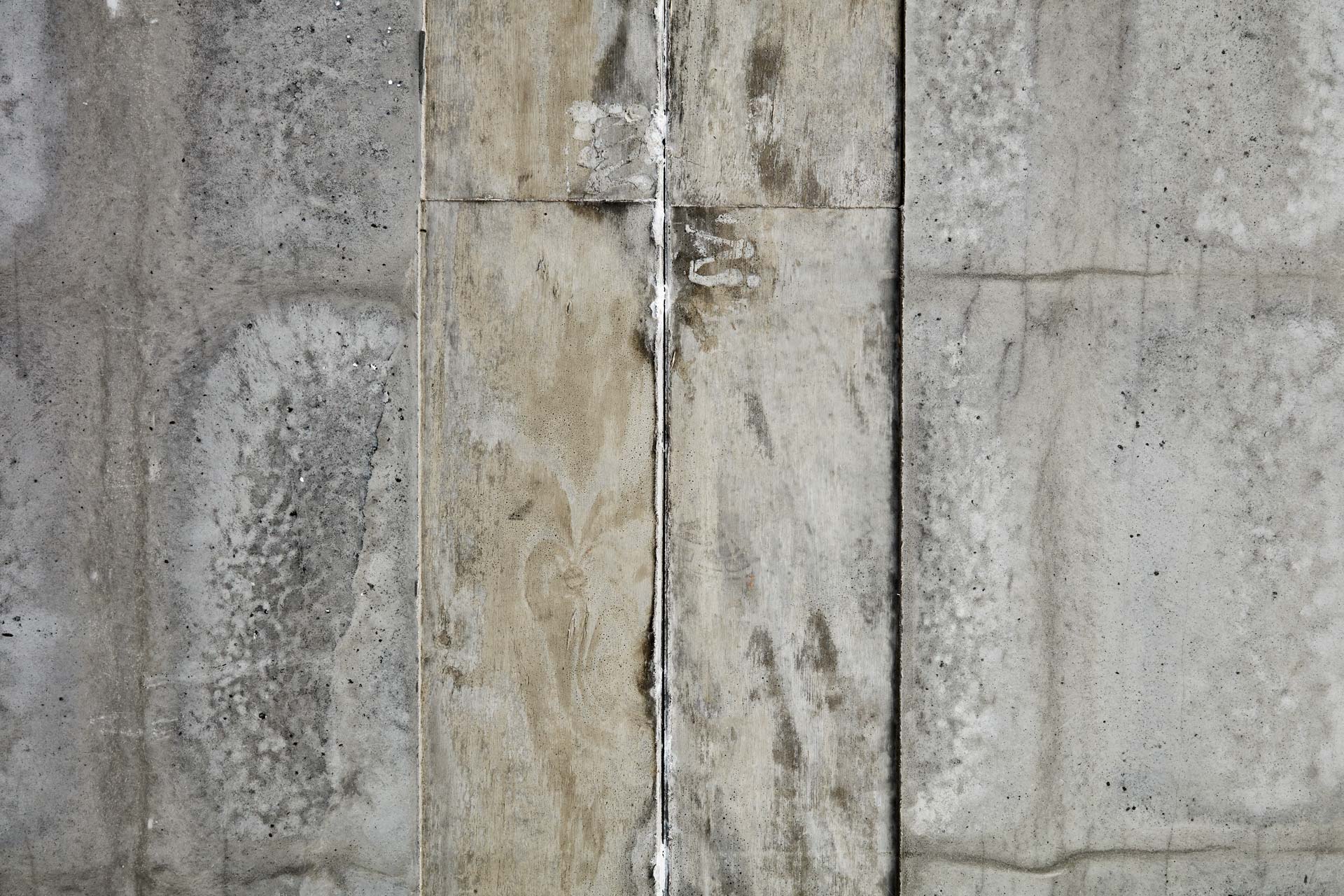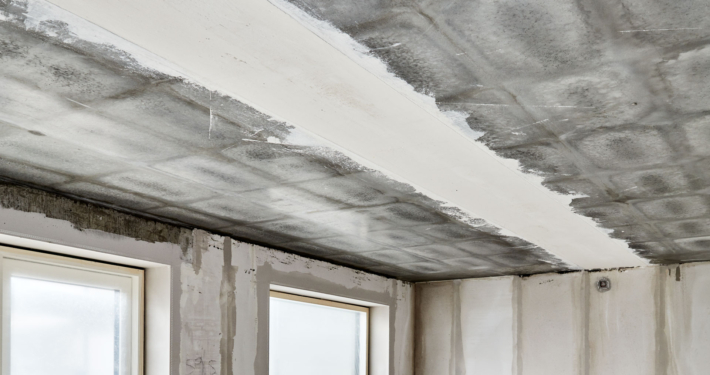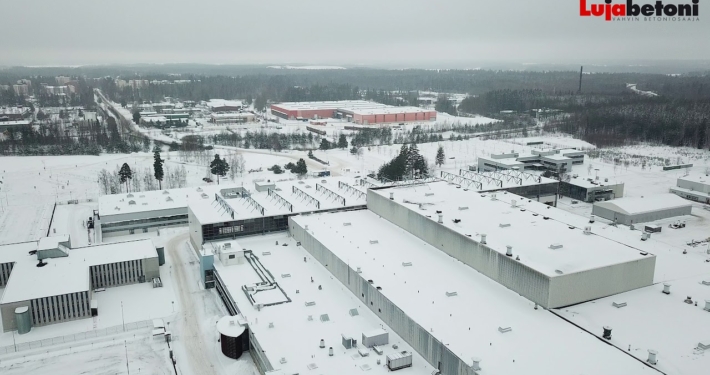New solution: An end to visible ceiling joints
With the SL-deck’s new “joint-fee” solution, it is now possible to create smooth and aesthetical nice-looking ceilings without the use of a dropped ceiling system.
Following a 2-year development programme, Abeo has introduced a “joint-free” solution for the SL-deck making it possible to conceal the traditional precast ceiling joints.
With the new solution, SL-decks are delivered with a 250mm recess in the underside ready to be spackled after the SL-decks have been lifted in place. The solution ensures that the final ceiling surface will appear even and homogenous without visible joints and thus makes it possible to improve the aesthetic quality in a very cost-efficient way – without the use of a dropped ceiling system.
- Traditional precast ceiling
- SL-deck concealed joints solution


Process
Result in final apartment unit
Background
Prestressed precast slabs were introduced in the 1950’s and has since evolved into a dominant slab system in a number of countries, especially in Scandinavia and Benelux. Precast concrete has had an important role in the industrialization of the construction industry by moving a large of the construction process to factories and improving the construction flow. However, the introduction of precast concrete units has also come at the expense of certain aesthetical considerations, including the emergence of visible ceiling joints.
The reason for the visible ceiling joints is due to camber differences. Camber is a well-known phenomenon within precast concrete buildings and a natural consequence of the use of prestressed reinforcement. It is not possible to avoid camber differences between slabs all-together, why all prestressed slab systems have always been produced with chamfering in the sides. Such chamfering helps make sure that camber differences will not be noticed by the human eye.
In Scandinavia and Benelux, visible ceiling joints are generally accepted today, primarily due to the economic benefits of using precast concrete units. However, in Central- and Southern Europe, visible ceiling joints are to a much wider extent perceived as having an industrial and “ghetto-like” look and is one of the reasons prestressed slabs have found it difficult to penetrate the market for residential construction in these markets. Rather, cast-in place solutions or non-prestressed filigree slabs (half slabs) with a cast-in place topping are used with the economical and timely benefits of precast construction vanishing.
In Scandinavia and Benelux today, smooth and joint-free ceiling are primarily reserved for “luxury” projects. In such projects, this look is achieved using dropped ceilings systems (typically gypsum boards) underneath the slabs. Dropped ceiling are, however, both expensive to install while also increasing the height of the building.
With the SL-deck’s joint-free solution, it is now possible to achieve to high aesthetical quality from cast-in place construction with the speed and cost-efficiency of precast construction.















